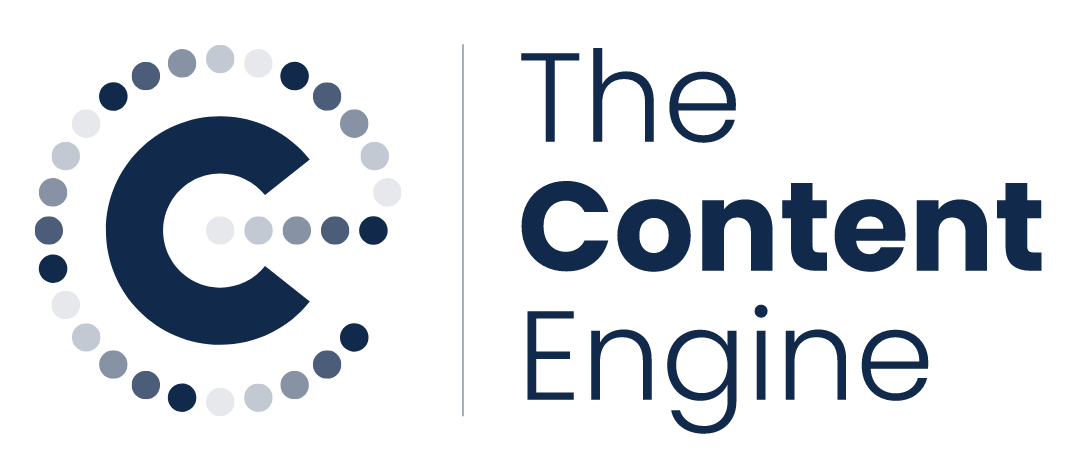How to build a content strategy around awareness days and events
If you were anywhere on social media around 8th March, chances are you came across at least one International Women’s Day post. Businesses and non-profit organisations alike use events like these to highlight their achievements, post about their employees, and connect with their audiences in a less formal way.
Such posts can perform well too – audiences on LinkedIn especially seem to like content about real people with real achievements. Take Barack Obama’s post in 2023 for example: analysis of the IWD2023 hashtag shows his short but powerful post about child marriage made him the top influencer during that time.
International Women’s Day is not an outlier. Globally recognised awareness days, such as UN days, can be a great anchor around which to structure your content calendar. Audiences for such days and events are already aware of the right hashtags and topics, and can even be open to learning more about a particular event.
But simply posting an event hashtag isn’t enough – to maximise engagement, you need a comprehensive content strategy, one that uses events as a way to generate more ideas and engage with your audience. At The Content Engine, we help our partners identify and align with relevant international events, creating high quality content tailored for this calendar.
Here’s four tips from us for building a content strategy around international awareness days and events:
1. Plan in advance
Were you scrambling with final revisions on International Women’s Day? Avoid last minute panic by planning your content well in advance. Depending on how resource-intensive your content is (think a social card versus a series of interviews), this may even mean starting 2-3 months in advance.
Content planning can include:
Achievements or highlights related to the event or day that demonstrates your organisation’s contribution. For example, this food-related video that ISO shared on World Food Safety Day.
Sharing knowledge that demonstrates your organisation’s expertise in that area. This infographic from the Global Environment Facility (GEF) connects Women’s History Month with their work, linked in the bio.
Recaps and forward-looking content that sets the tone for the year ahead. For example, celebrating World Water Day by sharing upcoming projects or plans that improve water access.
Having a content plan also allows you to account for visual assets. A templated suite of social cards, quote cards, and videos can help you quickly turn around high quality content during an event. For example, the We Mean Business Coalition planned a package of content for COP28, publishing a variety of blogs and videos throughout the event.
2. Don’t limit yourself to the event day itself
To maximise your content’s impact, build a strategy that includes both pre and post event content. Audiences shouldn’t suddenly receive a deluge of content after months of radio silence. Build anticipation through well-planned assets, reach peak posting frequency during the event/day, and continue the momentum after the event/day ends by recapping important highlights or people’s experiences.
The Villars Institute uses this strategy to create a robust content calendar for their annual Summit, with pre-event hype videos, quote cards during the event, and post-event recaps.
For more information, read our blog on creating a year-long event strategy.
3. Use these events as a starting point for year-round ideation
Almost all international events have specific themes on any given year. You don’t need to wait for the day itself to address these topics – instead, use these themes as an opportunity for content curation year-round. For example, the theme for IWD 2024 was “Inspiring Inclusion”, which could be embedded into your content strategy for several months before and after the day.
In the run up to an event, audiences might also look at specific hashtags and trending posts. Listen to these discussions to gain insight into audience expectations, and tailor your content plan accordingly. For instance, Holcim used #WorldWetlandsDay to highlight their preservation projects through a simple but effective animated graphic.
4. Capitalise on outside-in opportunities
It can be very easy to fall into the trap of extremely niche, inward-focused content about your organisation. However, international events provide a great opportunity to broaden your communications scope.
For example, you can post about a highly specialised development within your field, but using international days in the social copy can bring in some much needed outside context, and position your content more effectively with respect to trending news cycles. Using event-specific hashtags can also broaden your reach, bringing in newer audiences.
Take a look at how the Bahrain Economic Development Board used a quote from Davos to create a more general video on the topic of economic growth, while CPI used a trending news event to talk about developments in photonics.
Creating an event-focused content strategy doesn’t have to be a monumental event in itself. By proactively targeting the days most important to your organisation, and planning a content package around them, you can create a strategy that offers fresh content to your audience all year round.
